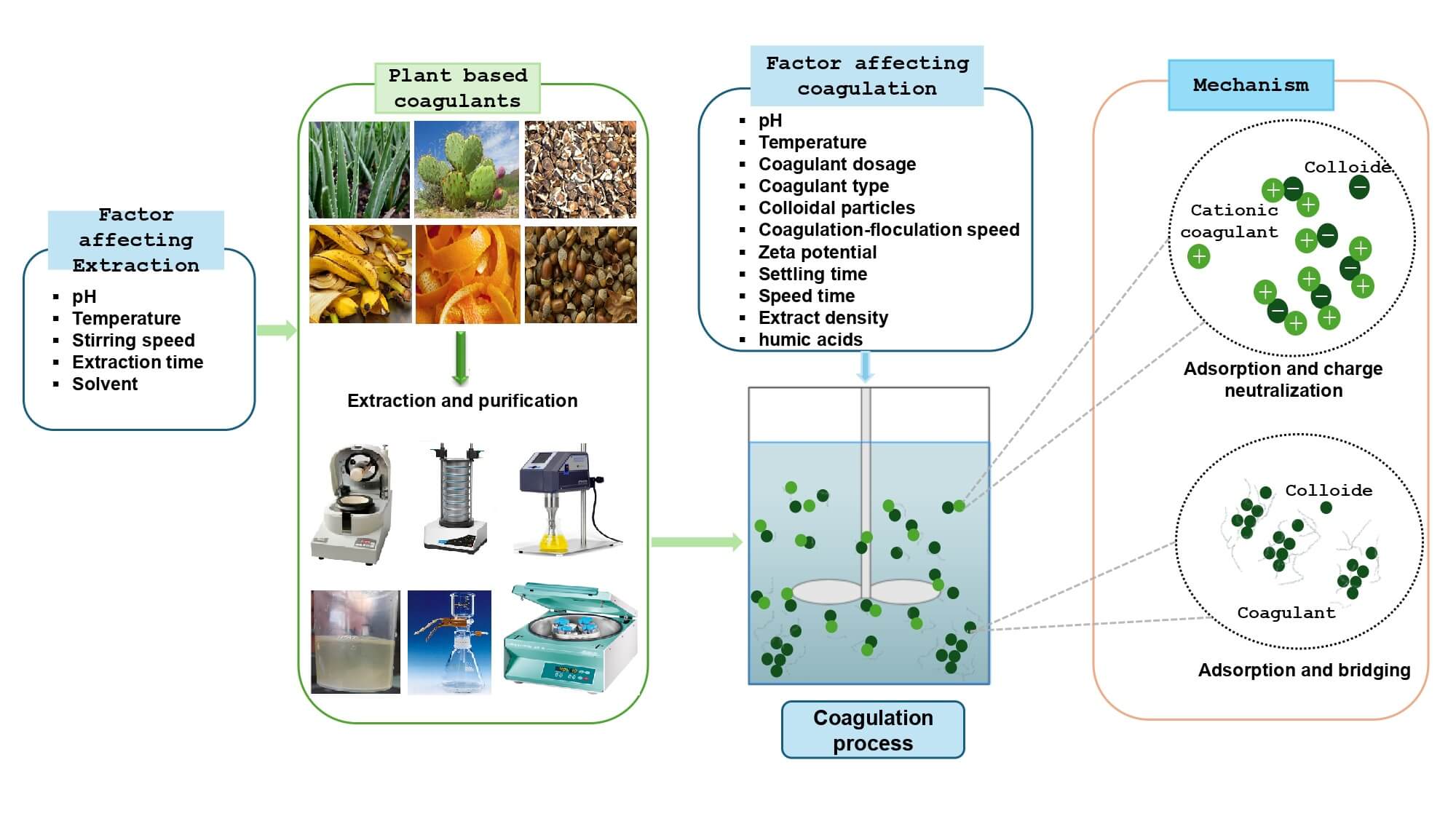 Open Access
Open Access
REVIEW
Abderrezzaq Benalia1,2,*, Kerroum Derbal2, Zahra Amrouci2,3, Ouiem Baatache2, Amel Khalfaoui4, Antonio Pizzi5,*
1 Higher Normal School of Constantine, Ali Mendjeli Nouvelle Ville, Constantine, 25000, Algeria
2 Laboratory of Process Engineering for Sustainable Development and Health Products (GPDDPS), Department of Process Engineering, National Polytechnic School of Constantine, Constantine, 25000, Algeria
3 Department of Environmental Engineering, Laboratoire de Recherche sur le Médicament et le Développement Durable (ReMeDD), University of Salah Boubnider Constantine 3, El Khroub, 25012, Algeria
4 Laboratory LIPE, Faculty Process Engineering, University of Constantine 3, Ali Mendjeli Nouvelle Ville, Constantine, 25000, Algeria
5 Laboratoire d’Etude et Recherche sur le Matériau Bois (LERMAB). Ecole Nationale Supérieure des Technologies et Industries du Bois (ENSTIB)—University of Lorraine, Epinal, 88000, France
* Corresponding Author: Abderrezzaq Benalia. Email: ; Antonio Pizzi. Email:
(This article belongs to the Special Issue: Special Issue in Celebration of JRM 10 Years)
Journal of Renewable Materials https://doi.org/10.32604/jrm.2024.048306
Received 04 December 2023; Accepted 27 February 2024; Published online 29 March 2024

View
Download
Like
Evaluation of inulin extracted from Mexican wild dahlias (Dahlia coccinea Cav.)
Santana Legorreta S, A Villanueva-Carvajal,...Germination of Gutierrezia solbrigii and Senecio subulatus, endemic Asteraceae from Argentina
Masini ACA, AE Rovere, GI PirkFertilizer and manure equivalent rates on forage corn production (Zea mays)
López-Calderón MJ, U Figueroa-Viramontes,...